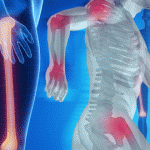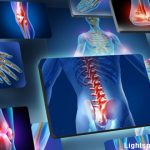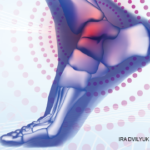The ACR highlights essential information for providers for 2022 MIPS reporting in the 2022 Medicare Physician Fee Schedule Final Rule, published Nov. 2.

Management of Inflammatory Myositis: Options for Refractory Disease & New Therapies Discussed
Options to escalate treatment for refractory inflammatory myositis and new therapies in the pipeline are discussed.

What Rheumatologists Should Know About Childhood-Onset SLE & Vasculitis
ACR CONVERGENCE 2021—Many of the effects of childhood-onset systemic lupus erythematosus (cSLE) and vasculitis carry into adulthood and present adult rheumatologists with key differences in managing these patients after their transition from a pediatric to an adult provider. “The young adult with childhood-onset lupus is similar in many ways to adults with lupus, but there…

Management of Adults with JIA: Uveitis, MAS & More
Mara L. Becker, MD, MSCE, discusses how important it is to effectively treat juvenile idiopathic arthritis at an early stage to improve long-term outcomes in adulthood.

The Big Picture: How to Assess Disease Activity in Patients with axSpA & PsA in Clinical Practice
Two experts described the measurements of disease activity used in axial spondyloarthritis and psoriatic arthritis and how rheumatologists can apply them in practice.

What Orthopedists Want Rheumatologists to Know: Surgical Treatment for Foot & Ankle Arthritis
Surgical options to relieve pain associated with foot and ankle arthritis are discussed.

In the Thick of It: Scleroderma Update 2021
Laura Hummers, MD, MSc, provided an update on the extra-pulmonary manifestations of scleroderma & the best ways to approach management of these issues.

Heart to Heart: Cardiovascular Disease in Autoimmune Conditions
During the ACR Convergence 2021 Review Course, Joan Bathon, MD, discussed cardiovascular manifestations of autoimmune diseases, including rheumatoid arthritis.

From Strength to Strength: Idiopathic Inflammatory Myopathy Diagnosis & Management
During the ACR Convergence 2021 Review Course, Rohit Aggarwal, MD, MS, provided an update on idiopathic inflammatory myopathy.

Lupus Update 2021: Classification Criteria, Disease Activity Measures & More
An SLE expert discusses the latest SLE stats, classification criteria, disease activity tracking, drugs & more.
- « Previous Page
- 1
- …
- 147
- 148
- 149
- 150
- 151
- …
- 842
- Next Page »